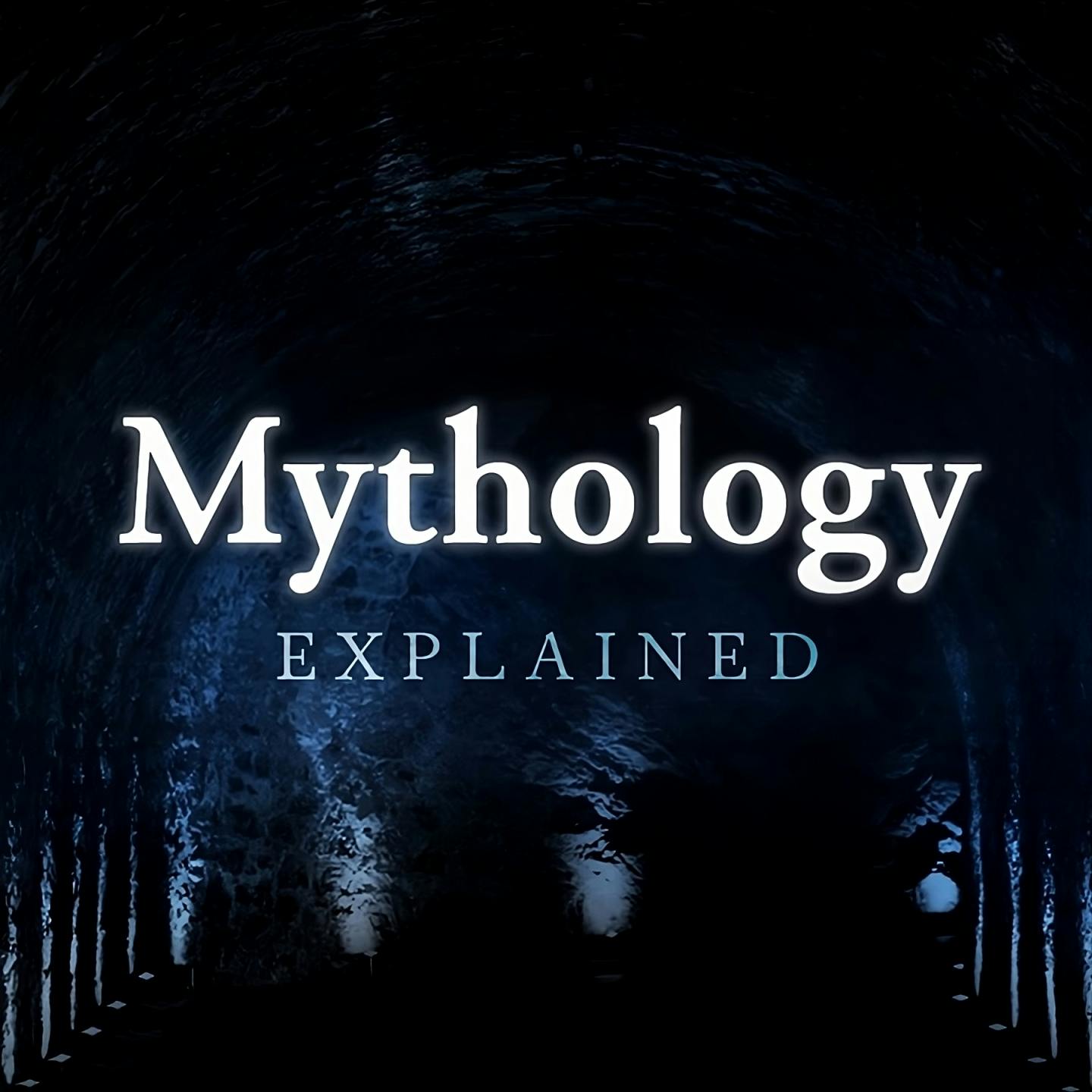
Was Gaia Actually the Most EVIL GOD in Greek Mythology? --- Greek Mythology Explained

Mythology Explained
Shownotes Transcript
Hey everyone, welcome to Mythology Explained.In today's video we're going to take a dip in some controversial waters by exploring whether Gaia was, in fact, the most evil god in Greek mythology. This is definitely an unorthodox question - I mean, has the word evil and the name Gaia even been used in the same sentence before - but if you detach yourself from how she is usually portrayed and what she usually represents and, instead, consider her role in the sequence of great conflicts that constitute the Greek creation myth, then you begin to see her in an entirely different light, one that doesn't paint such a flattering portrait of her. Now, Gaia is one of my favourite figures in Greek mythology, and no, I don't really think she's evil, but if you add up everything she does throughout the Greek creation myth, the result is certainly more open to interpretation than you would think.What this video aims to do is look at the causation behind each of the great conflicts embedded in the Greek creation myth with the goal of seeing how Gaia factors in as a catalyst, thereby developing the basis on which we'll judge where Gaia falls on the spectrum of good and evil. Was she truly a force for good and the wellspring of life, or was she really a source of insidious evil bent on creating strife and sorrow?There were four instances of conflict that defined the Greek creation myth. Here they are in order: there was the rise of Cronus, there was the war against the titans, called the Titanomachy, there was the war against the giants, called the Gigantomachy, and finally, there was the battle against the monster Typhon. To fully understand the depth of Gaia's involvement we have to start at the beginning of the Greek creation myth. We're going to gloss over the moments that don't feature her as a central figure. In the beginning there was the great void Chaos. From this void emerged the first of the Primordial deities. Gaia, the personification of the earth, was one of these, and she went on to independently produce three children, three second-generation primordial deities who would be aspects of the material world. These were Uranus, the sky, Ourea, the mountains, and Pontus, the sea. Gaia took Uranus as her consort, and together they had three groups of children: three Hecatonchires, hundred-handed monsters of unmatched size and strength, three Cyclopes, colossal humanoids with but a single large eye affixed to their faces, and finally, 12 titans.